3 Creamy Cheese Replacements That Sub for Brie
Brie cheese, with its creamy texture and delicate, buttery flavor, is a beloved staple on many cheese boards and in elegant recipes.
When a wheel of Brie isn’t available, a variety of cheeses can serve as suitable substitutes without sacrificing taste or mouthfeel.
Options like Camembert, triple-cream cheeses, or even certain mild goat cheeses provide similar creaminess and subtle tang.
Some alternatives may bring slight variations in flavor intensity or texture, so knowing how you plan to use the cheese helps guide the best choice.
Whether for melting, spreading, or pairing with fruits and crackers, these stand-ins ensure your dishes remain indulgent and satisfying.
Exploring these options allows you to maintain the luxurious experience Brie offers, even when the original isn’t on hand.
With the right substitute, your cheese platter or recipe will still impress guests and delight your palate.
What Makes Brie Unique?
Brie stands out among cheeses because of its creamy center and soft, edible rind, making it a favorite for cheese boards and baking:
When to Substitute Brie
Brie is a beloved cheese, but sometimes you may want or need to use a different option for cooking, baking, or snacking:
Soft and Buttery Brie Cheese Substitutes
Creamy indulgence is easy to replicate with Brie cheese substitutes, each melting smoothly into appetizers or sandwiches. Unique flavors add a special touch. Plenty of cheeses could fit perfectly into your favorite dishes.
Camembert
Camembert serves as an excellent substitute for Brie cheese due to their striking similarities as native French ripened varieties best enjoyed at room temperature.
This flavorful alternative may be smaller in size but delivers a more intense taste experience that can elevate any dish requiring Brie.
The rich, distinctive character of Camembert shines when compared side by side with Brie, making it an appealing choice for cheese platters or recipes calling for a soft-ripened cheese.
You can use equal measurements when replacing Brie with Camembert in recipes, though its typically runnier consistency might require slight adjustments in preparation.
Fromager Daffinois
Fromager d'Affinois serves as an excellent substitute for Brie cheese in any recipe, offering the same creamy texture but with a richer, sweeter flavor due to its special ultrafiltration process.
This ripened double-cream soft cheese comes from the respected Fromagerie Guilloteau company and maintains all the key properties that make Brie so popular in cooking.
Because of its stronger taste compared to traditional Brie, you should use about half the amount when making the swap in recipes.
Many cheese lovers actually prefer this alternative once they discover how its enhanced flavor profile can elevate simple dishes into something special.
Explorateur Cheese
Explorateur, a triple cream soft cheese from France, stands out as an excellent Brie substitute with its mild buttery flavor and subtle mushroom and fruity undertones.
This ripened cow's milk cheese originated in the ile-de-France region during the 1950s as a tribute to America's first satellite, the Explorer.
Its slightly firm interior gradually becomes runny with age, making it perfect for cheese boards or melting applications.
Swapping Brie for Explorateur works seamlessly at a 1:1 ratio, giving you the same creamy texture and mild taste profile that complements crackers, fruits, or baked dishes.
Pairing Wine, Fruit, and Nuts With Brie Alternatives
Finding the right partners for Brie alternatives can really bring out the best in your cheese platter or recipe, giving you all the comfort and elegance of Brie with a fresh twist:
Brie Cheese Substitutes: Reader FAQs
1. Can I substitute cream cheese for Brie?
Cream cheese can be used for spreadable applications, but it lacks the earthy rind and gooey center typical of Brie.
2. What hard cheeses work as a Brie substitute?
While the texture differs, mild cheeses like young gouda or havarti offer a mellow taste that pairs well in baked or cooked dishes.
3. Will mozzarella work in place of Brie?
Fresh mozzarella has a different texture and flavor but can work in some recipes, especially for melting or layering.
4. Can I use Brie substitutes in baked dishes?
Absolutely. Camembert, triple-cream cheese, or even fontina melt beautifully and make great alternatives in baked Brie recipes.
5. What’s the best Brie substitute for a cheese board?
Try Camembert, Saint-André, or a soft-ripened goat cheese, they offer a similar presentation and creamy bite.
6. How do I choose the best Brie replacement?
Consider whether you need it for texture, flavor, or meltability. Match those traits with substitutes like Camembert, mascarpone, or soft-ripened cheeses.

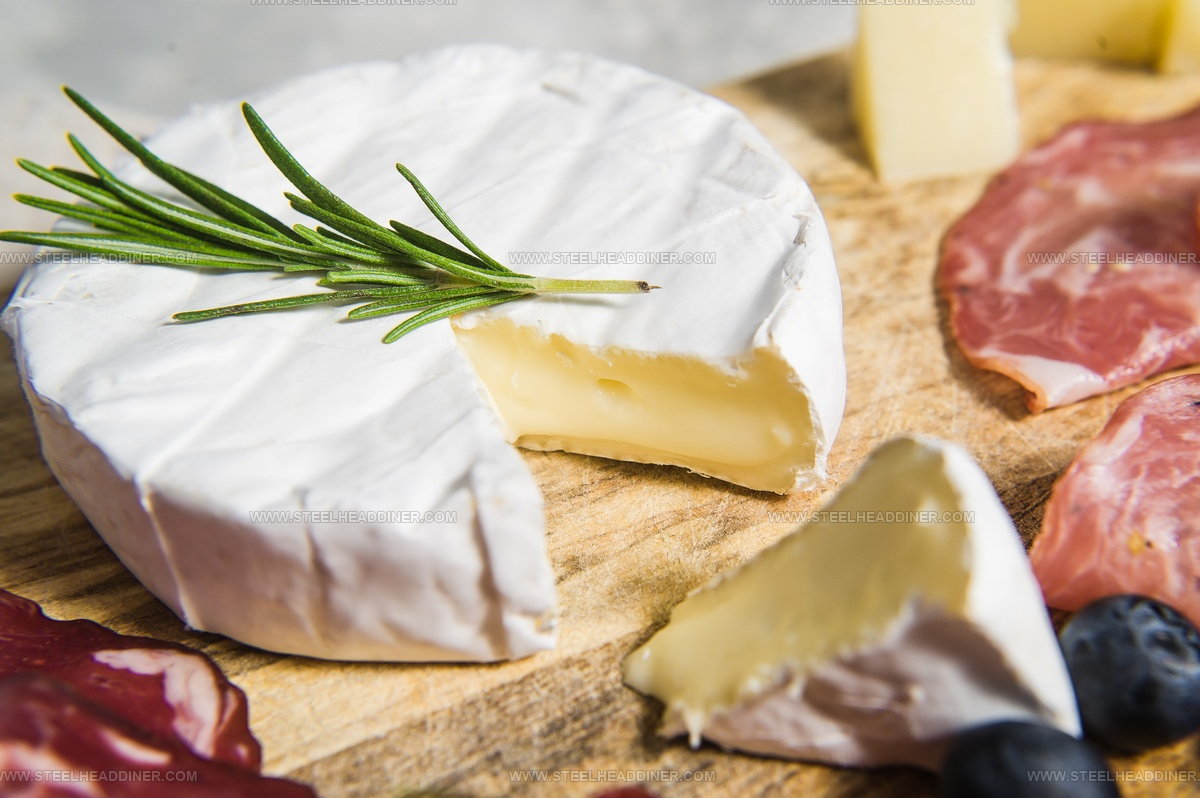
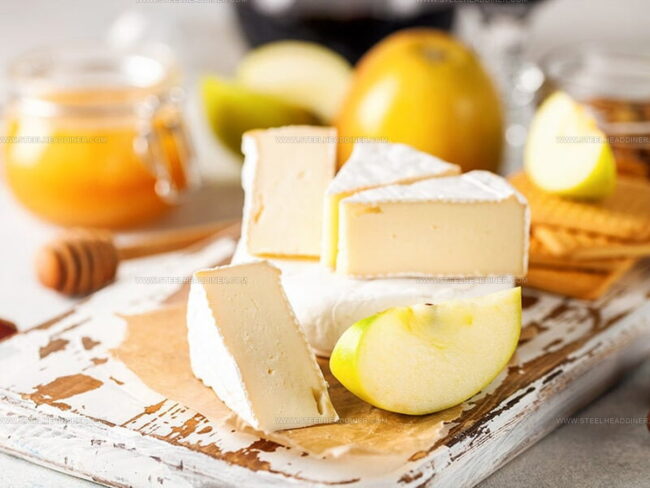
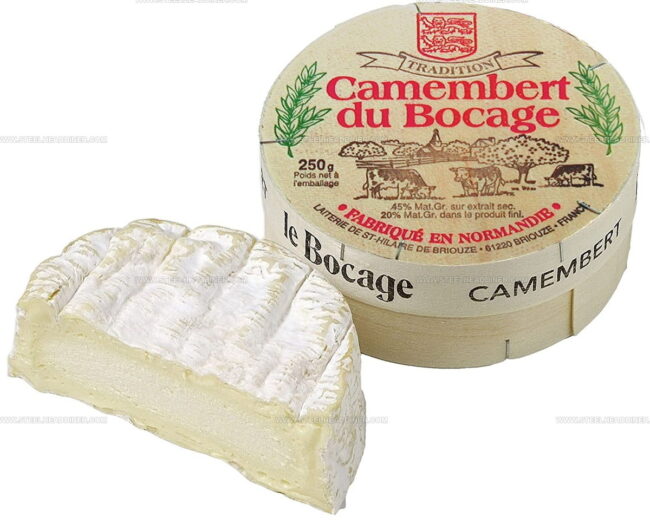
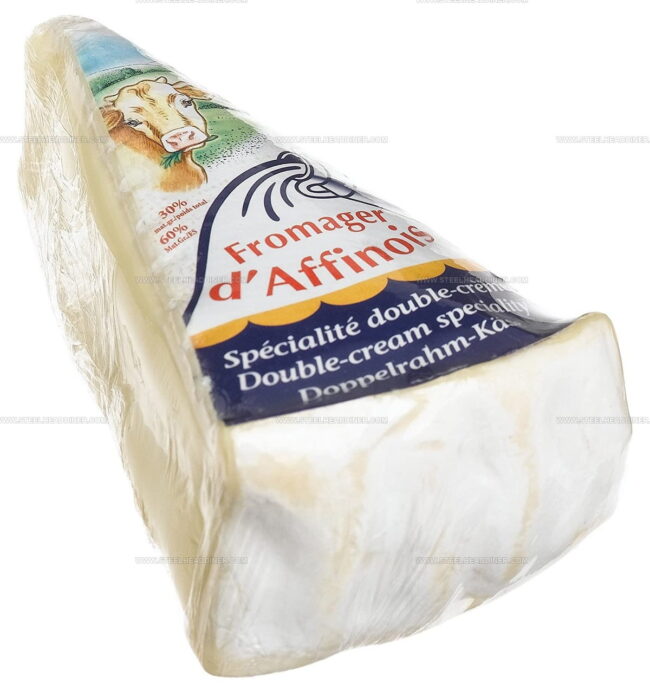
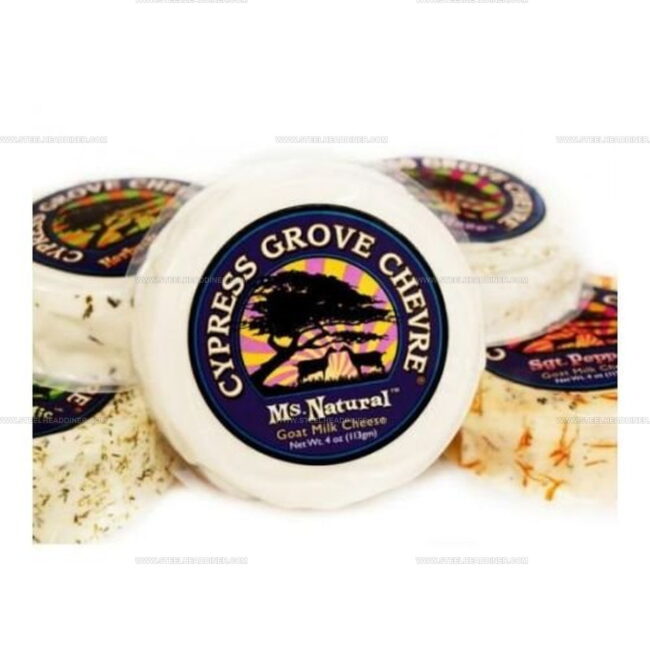
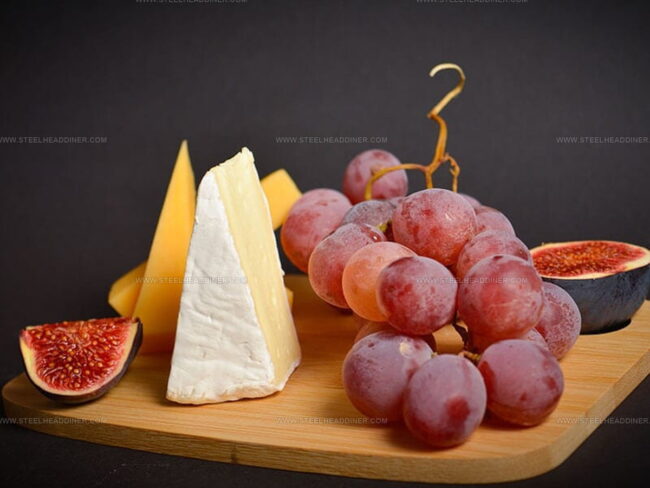
Jack Monroe
Founder & Recipe Innovator
Expertise
Pacific Northwest cuisine, Single-serving recipe development, Sustainable sourcing and cooking, Modern comfort food
Education
Brightwater
Associate of Applied Science in Culinary Arts
Focus: Sustainable cooking, seasonal ingredients, and food systems education
Jack grew up with a fishing rod in one hand and a cast-iron skillet in the other. After graduating from Brightwater: A Center for the Study of Food, he set out to prove that cooking for one could still taste like a feast.
Jack believes that food should feel real: fresh, fearless, and a little wild, just like the rivers he grew up around. For Jack, every single dish is a small adventure, and the best ones are the ones you can cook with heart, not hassle.